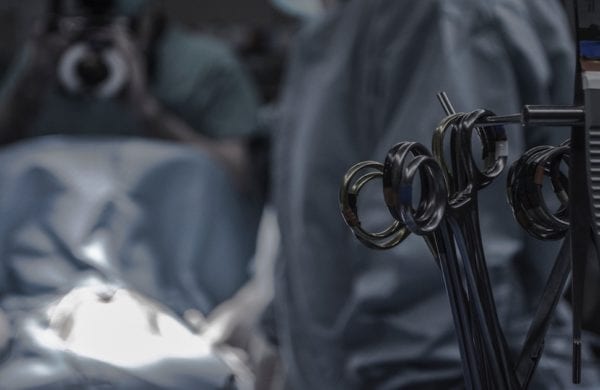
A Patient Asks: “Don’t I Need an MRI to Diagnose My Low Back Pain?”
The answer is: almost certainly not.
Up to 84 percent of adults develop low back pain at some time in their lives. For most, the back pain is musculoskeletal in origin and self-limited. Patients who continue to have back pain beyond the acute period (four weeks) have subacute back pain (lasting between 4 and 12 weeks) and may go on to develop chronic back pain (persists for ≥12 weeks). Yet 85 percent of people who develop acute low back pain are completely better within 6 weeks. Back pain is rarely a harbinger of serious medical illness. In fact, literally 99% of the time, back pain is benign (painful, certainly, but not dangerous). Even when a herniated disc is suspected because sciatica is present, the back pain usually resolves on its own.
Thus, in the absence of the very rare signs and symptoms of a serious medical condition as a cause of back pain, an MRI isn’t indicated as part of the initial work up. If a patient fails to improve after 4-12 weeks and there’s a suspicion that the cause may be amenable to an intervention like surgery, then an MRI can be considered. Discussions like these take time with patients. Medicine never stands still and neither do we!
[jetpack_subscription_form title=” subscribe_text=’Sign up to get notified when a new blog post has been published.’ subscribe_button=’Sign Me Up’ show_subscribers_total=’0′]
